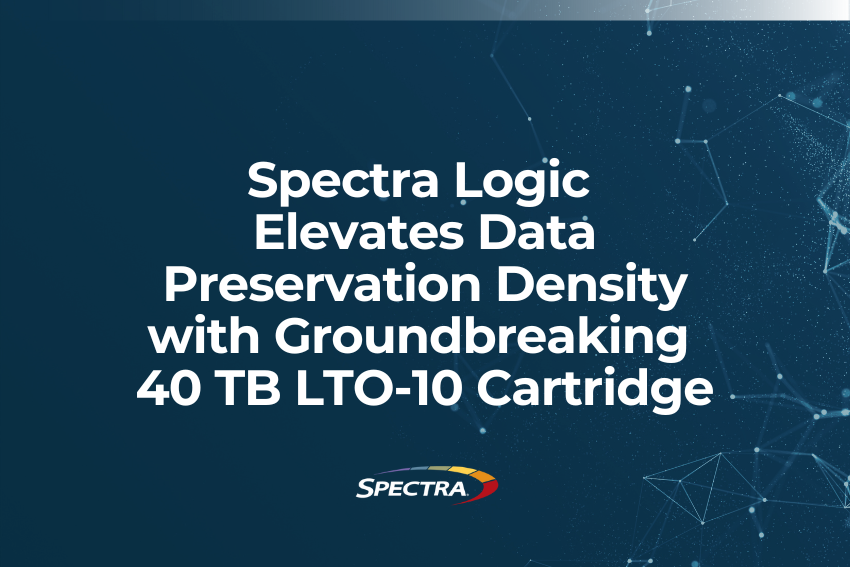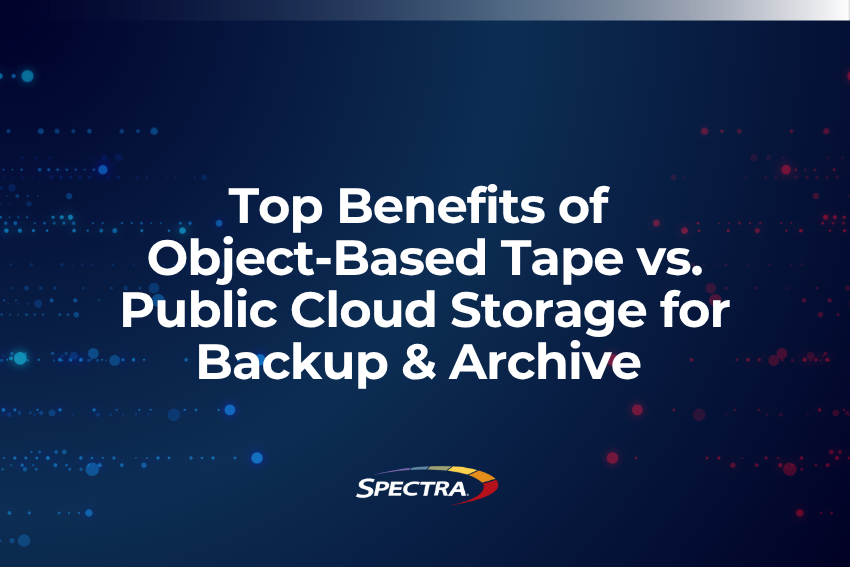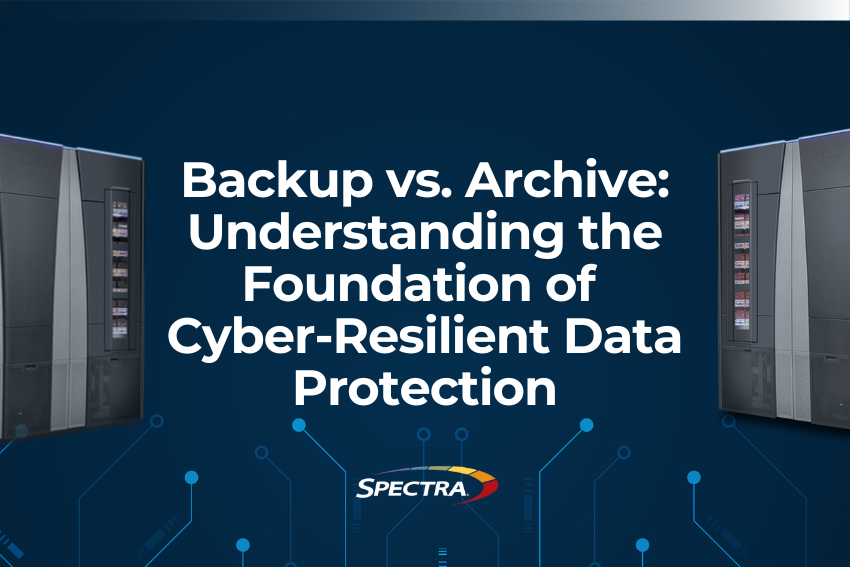Recent analysis by the IBM Institute for Business Value2 suggests that adopting a hybrid cloud architecture generates 2.5 times more value than adoption of a single cloud platform or vendor. In fact, their research shows that a full hybrid, multi-cloud platform approach accelerates business value with scale. By enabling a more holistic digital transformation, multi-cloud environments that have strong functionality, visibility, governance, and automation across the entire IT environment give businesses a greater ability to spur innovation, translating more advanced cloud capabilities into superior top- and bottom-line performance.
As hybrid cloud storage becomes the norm, businesses must balance their environment to optimize availability, time to access and cost of access. If these aspects are not taken into account, hybrid cloud could easily become hybrid silos, defeating the promise of cloud high availability, elasticity and cost savings. By adopting a hybrid cloud strategy that optimizes how data is viewed, accessed, or moved between on-prem and one or more clouds, organizations can truly unlock the value of a hybrid cloud.

Here are three key ways organizations can maximize the value of cloud storage:
Bi-Directional Synchronization with Object Storage
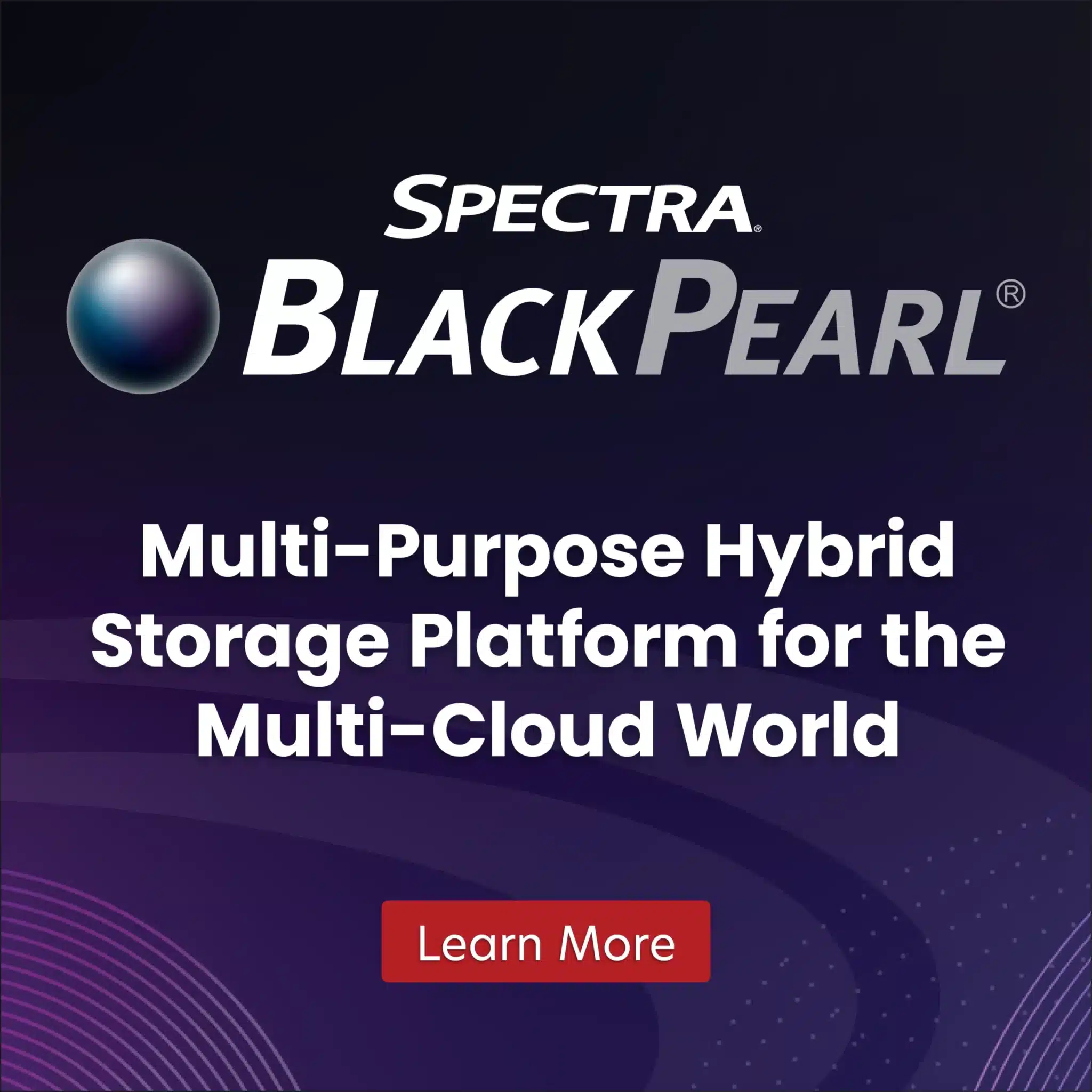 A hybrid cloud approach that provides object storage for on-prem as well as cloud opens the possibilities for bucket synchronization between public cloud and on-prem object storage. This means data is available where it needs to be, when it needs to be there.
A hybrid cloud approach that provides object storage for on-prem as well as cloud opens the possibilities for bucket synchronization between public cloud and on-prem object storage. This means data is available where it needs to be, when it needs to be there.
Spectra offers bi-directional bucket synchronization with BlackPearl S3, which provides on-prem cloud storage that is 100% compatible with both S3 and S3 glacier-enabled clients. Learn more about the BlackPearl platform here.
Eliminating Vendor Lock-In and Minimizing Egress in Multi-Cloud Environments
Hybrid cloud workflows can be complex – especially when working with multiple cloud vendors as well as on-prem data. Often times organizations find that there’s no single cloud provider that best meets their needs in all situations. Likewise, on-prem data often needs to be integrated with cloud services.
Spectra’s distributed multi-cloud data management software, Spectra Vail, helps users leverage local storage and cloud services through seamless hybrid workflows. Spectra Vail offers bi-directional bucket synchronization across multiple cloud and S3 storage repositories through a single global namespace. It can run on virtual machines, third-party hardware, cloud nodes and/or Spectra BlackPearl S3. Vail enables data to be accessed independent of its physical location – eliminating vendor lock-in and minimizing egress fees for the lowest cost access to data. Learn more about Vail here.
Ensuring Data is Protected on the Best Tier
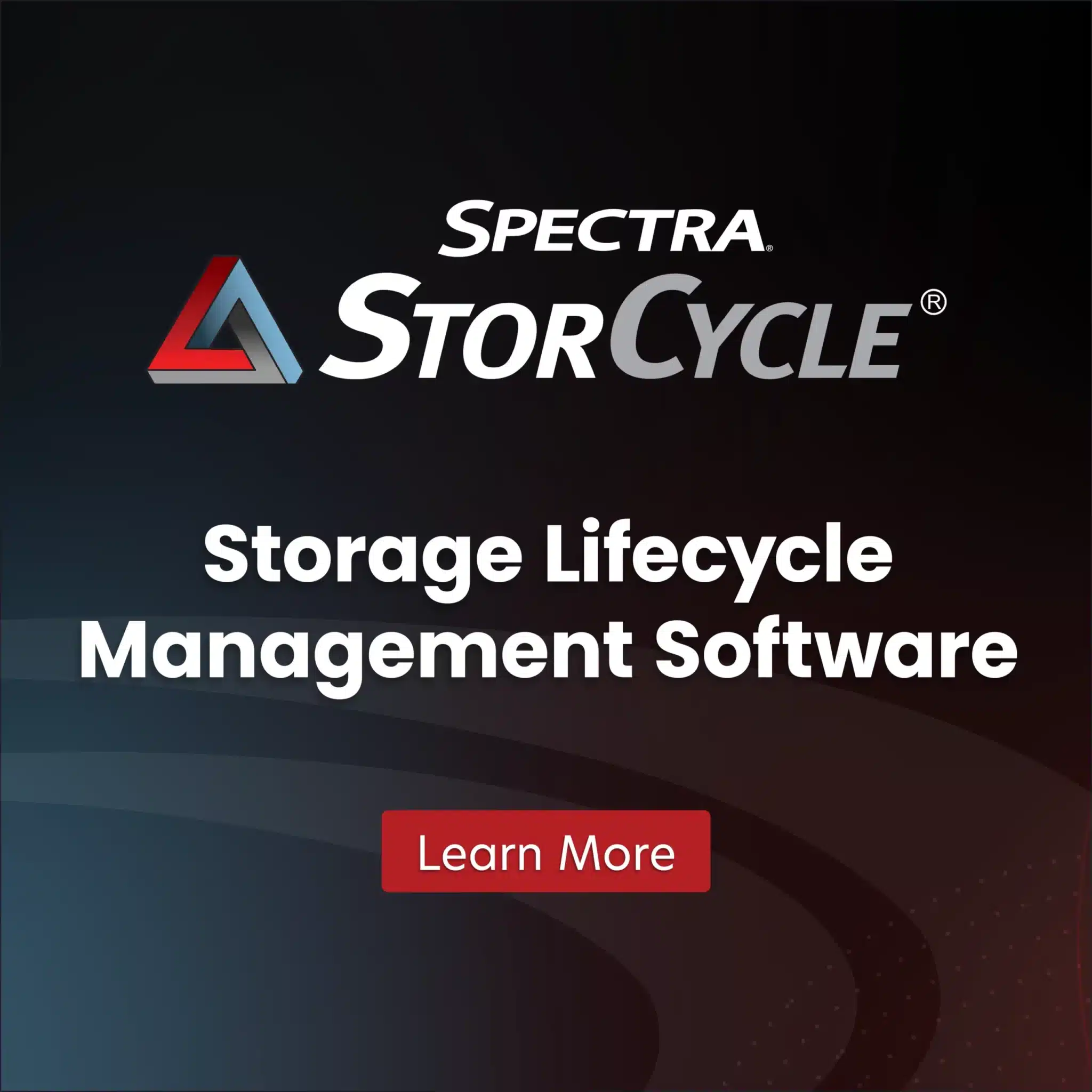 Another key to controlling costs and maintaining optimal performance is Storage lifecycle management (SLM). SLM solutions do this by ensuring inactive data resides on the appropriate tier of storage to meet organizational business needs as well as budgets – moving data to the right place at the right time.
Another key to controlling costs and maintaining optimal performance is Storage lifecycle management (SLM). SLM solutions do this by ensuring inactive data resides on the appropriate tier of storage to meet organizational business needs as well as budgets – moving data to the right place at the right time.
Spectra StorCycle is a storage lifecycle management software that helps organizations understand their data. StorCycle identifies infrequently accessed data and migrates it to NAS, object storage disk, cloud or tape – helping preserve data for long-term retention, ransomware preparedness, and allowing users easy access to that data when they need it. Learn more about StorCycle here.
One thing is clear: data storage and processing benefit from a hybrid environment. Customers require solutions that meet them where they are in their cloud journey and aid in their digital transformation. A hybrid cloud architecture enables organizations to adapt and grow at their own pace, maximizing the value of their cloud initiatives by creating new opportunities for collaboration and innovation across platforms and ecosystems.
1 https://www.statista.com/statistics/1266602/workloads-cloud-organizations-worldwide/
2 https://www.ibm.com/downloads/cas/QMRQEROB

